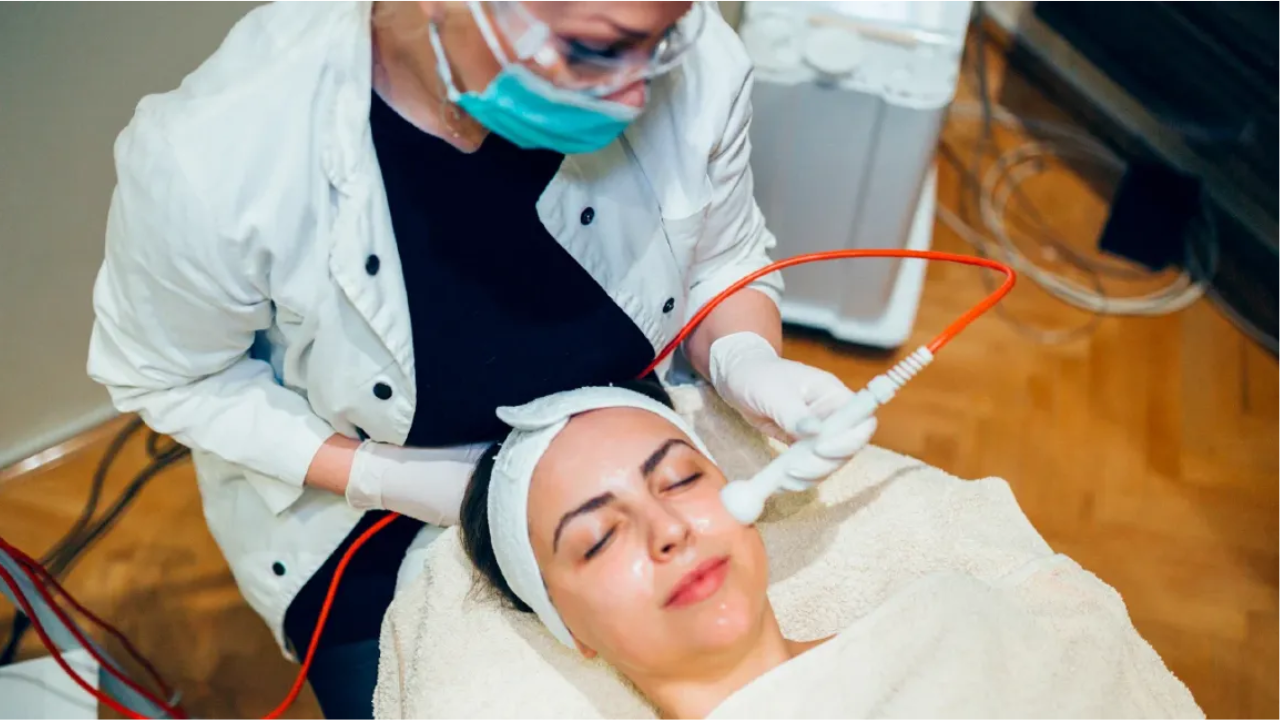Walk into any hospital or clinic today, and you’ll notice something quietly extraordinary happening. A nurse updates a patient’s chart on a tablet. A therapist logs onto a secure video platform to conduct a virtual session with a client hundreds of miles away. A wearable device pings someone’s wrist, reminding them to take their medication.
What might’ve sounded like science fiction two decades ago is now part of the daily rhythm of modern healthcare. Technology, once viewed as a sterile counterpart to the human side of medicine, is becoming its most powerful partner. And from surgical suites to support groups, it’s reshaping not just how care is delivered—but who gets it and when.
The digital age is no longer knocking on healthcare’s door. It’s in the room, leading the conversation.
Access Is the New Frontier
For much of its history, the U.S. healthcare system has been marked by distance—geographic, financial, and logistical. Getting care often meant navigating long wait times, opaque insurance processes, or simply being born in the right ZIP code.
With the rise of telehealth platforms, a patient in a remote farming town can see a top specialist in Los Angeles without leaving their home. With patient portals, people can access test results in real-time, message providers directly, and schedule appointments on their own terms. Even prescription refills—once a tedious errand—can now be automated with a click.
Healing Through a Screen
One of the most profound shifts has come in the realm of mental health. For decades, seeking psychological support carried social and logistical barriers. But now, therapy apps, digital support groups, and AI-driven mental health assistants are making care not only more accessible—but more immediate.
Platforms like BetterHelp, Talkspace, and Cerebral have brought therapy to people who once might have avoided it out of fear, stigma, or lack of time. For some, texting with a therapist or logging into a discreet Zoom session offers a level of comfort that in-person care never could.
And let’s be honest—accessibility matters. Mental health crises don’t wait for business hours. They don’t respect geography or commute times. With digital tools, people can get the support they need, when they need it, in a format that works for their lifestyle.
Addiction Support Goes High-Tech
Nowhere is the marriage of technology and empathy more evident than in addiction care. Traditional models of recovery—centered around in-person rehab, 12-step meetings, and residential treatment—are being transformed by digital platforms that offer real-time tracking, virtual peer support, and even contingency management through smartphone apps.
This evolution is especially critical in areas where in-person services are limited or underfunded–whether you’re looking for addiction treatment in Indiana, Ohio, Kentucky, or even parts of California, By using remote monitoring, digital therapy modules, and online counseling networks, providers are now reaching individuals who might’ve previously fallen through the cracks. These tech-powered programs allow patients to engage in treatment from home, reducing barriers related to transportation, childcare, and stigma.
And with the opioid crisis continuing to ravage parts of the Midwest, this kind of innovation isn’t just convenient. It’s urgent.
Automation With Empathy
While artificial intelligence still sparks debate, its role in healthcare is growing—and in some cases, thriving. AI is now used to scan radiology images faster than human eyes, identify early signs of Alzheimer’s in speech patterns, and even predict suicide risk based on subtle language shifts in patient conversations.
But it’s not about replacing people—it’s about empowering them. AI can take on the time-consuming administrative tasks that burn out doctors and nurses, freeing them to spend more time with patients. It can sift through thousands of pages of medical history in seconds, giving providers more context and insight to make informed decisions.
And when combined with human touch—when AI becomes an assistant rather than a gatekeeper—the potential is enormous.
Privacy, Equity, and the Work Still Ahead
Of course, tech-driven healthcare isn’t without its challenges. Data privacy remains a critical concern. Not all communities have equal access to reliable internet or devices. And for some populations—especially older adults or those with limited digital literacy—the tech-first model can feel alienating.
That’s why the future of healthcare tech must be both innovative and inclusive. Community clinics, tech developers, and healthcare systems must work together to ensure that digital tools are designed with empathy, tested for equity, and supported with real human backup.
Because at the heart of every medical record, every video session, and every app login… is a person.
A Healthier Future, Powered by Connection
Technology has never healed anyone on its own. But it can open the door, shorten the distance, and build the bridge between isolation and care. From rural towns in Indiana to bustling urban clinics in Los Angeles, the message is clear: digital tools are not replacing healthcare—they’re enhancing it, expanding it, and, in many cases, humanizing it.
The road ahead will include more data, more devices, and more AI. But if we do it right, it will also include more access, more empathy, and more lives changed for the better.



